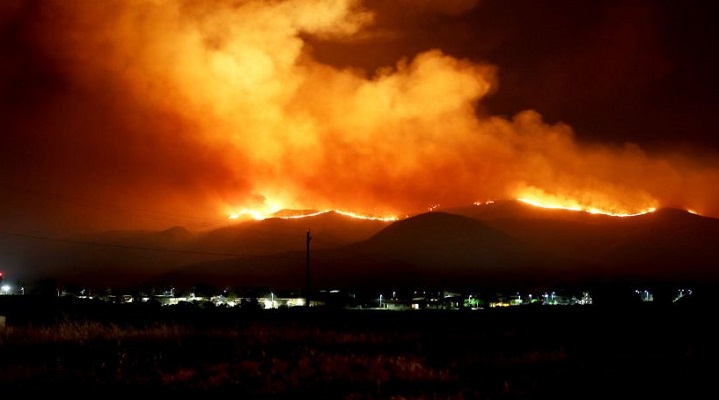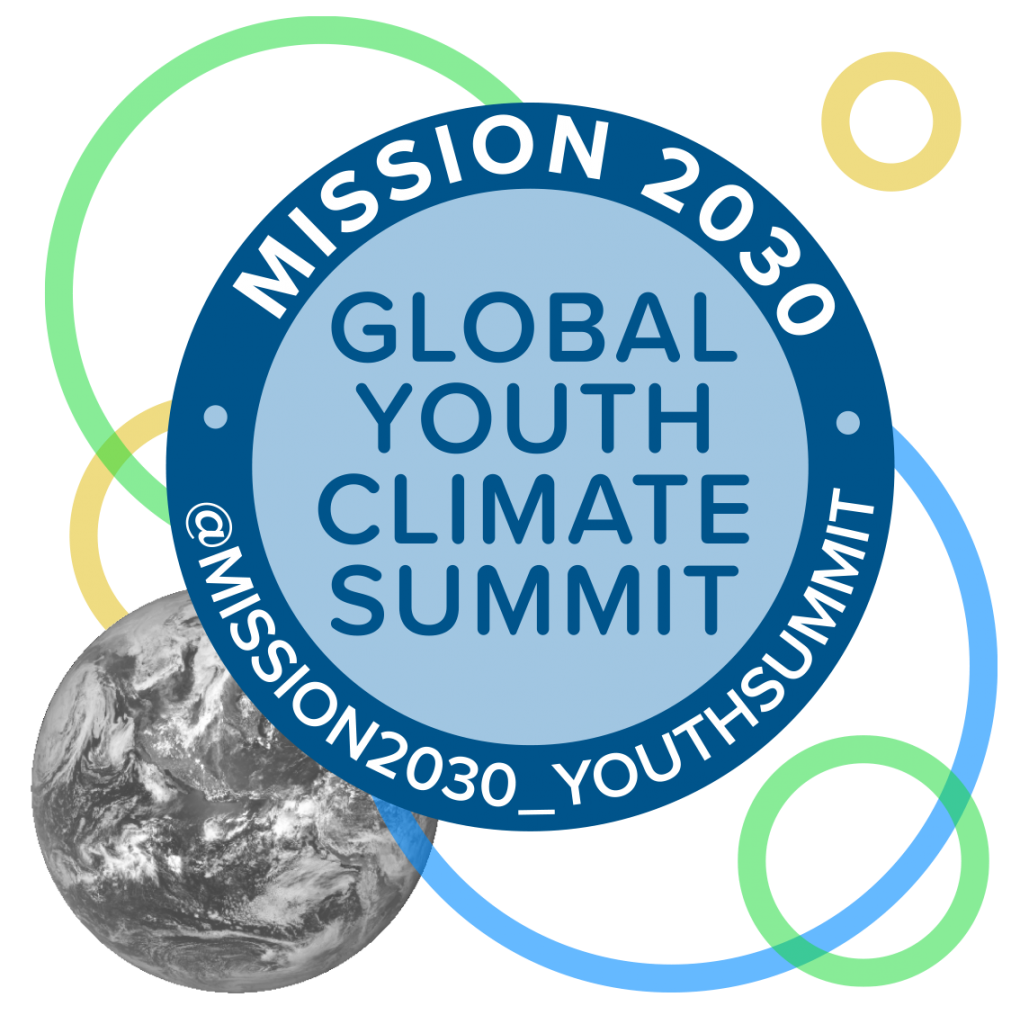Insurance Industry Affected by Climate Change and Increasing Natural Disasters
The consequences of climate change are diverse and are affecting the insurance industry. The physical changes, in other words regional changes in weather patterns in terms of frequency and extent, are one of the consequences of great relevance to reinsurance. Extreme weather events result in high material damage to buildings and infrastructure, as well as significant crop losses in agriculture.
Read the entire article at Munich Re.
Extreme weather events are also due to climate change. And there is no end in sight: the records for global mean annual temperature are being broken again and again. It is clear that the situation is grave not only for scientists and politicians, but that massive challenges are ahead for industry as well. Measures for adapting to unavoidable environmental impacts and efforts to reduce greenhouse gas emissions will both be required. The consequences of climate change can also be of a regulatory nature. On the one hand, these are connected with the regulation of carbon emissions and accompanying laws, and on the other, with liability issues and safety aspects.
While most of the U.S. natural catastrophe activity in 2017 and so far in 2018 was within the historical range of natural variability, some aspects of these events are indicative of changes expected in a warmer climate. For example:
- While the number of tropical cyclones is not expected to change in a warming climate, increased oceanic heat content may help storms become more intense – and remain intense for longer periods of time, assuming that atmospheric conditions are conducive to intensification. Thus, Hurricane Irma’s record length of time at Saffir-Simpson Cat 5 intensity may be illustrative of how future intense storms behave.
- A warmer atmosphere can hold more moisture, leading to the potential for heavier rain rates and more severe flooding than observed in the past. Although the rapid growth of Houston and its suburbs over the past 50 years played a significant role in the severity of flooding during Harvey, torrential rain events are becoming more frequent as our climate warms.
- Climate change is making California become drier and warmer. These factors not only extend the state’s wildfire season, they also cause the evaporation rate of water to increase as well. This means that extreme wildfire conditions will return to California after a rain event more quickly today than in the past.
- Although rapid intensification of coastal low pressure systems, or “bomb cyclones,” are a fairly common occurrence in winter, our oceans can now provide more heat and moisture to these developing storms, potentially increasing rainfall and snowfall totals associated with them. Further, research investigating links between climate change and the northern hemisphere winter gives some indication that the Arctic polar vortex is more likely to become destabilized in a warmer world, potentially leading to more mid-latitude cold outbreaks.


